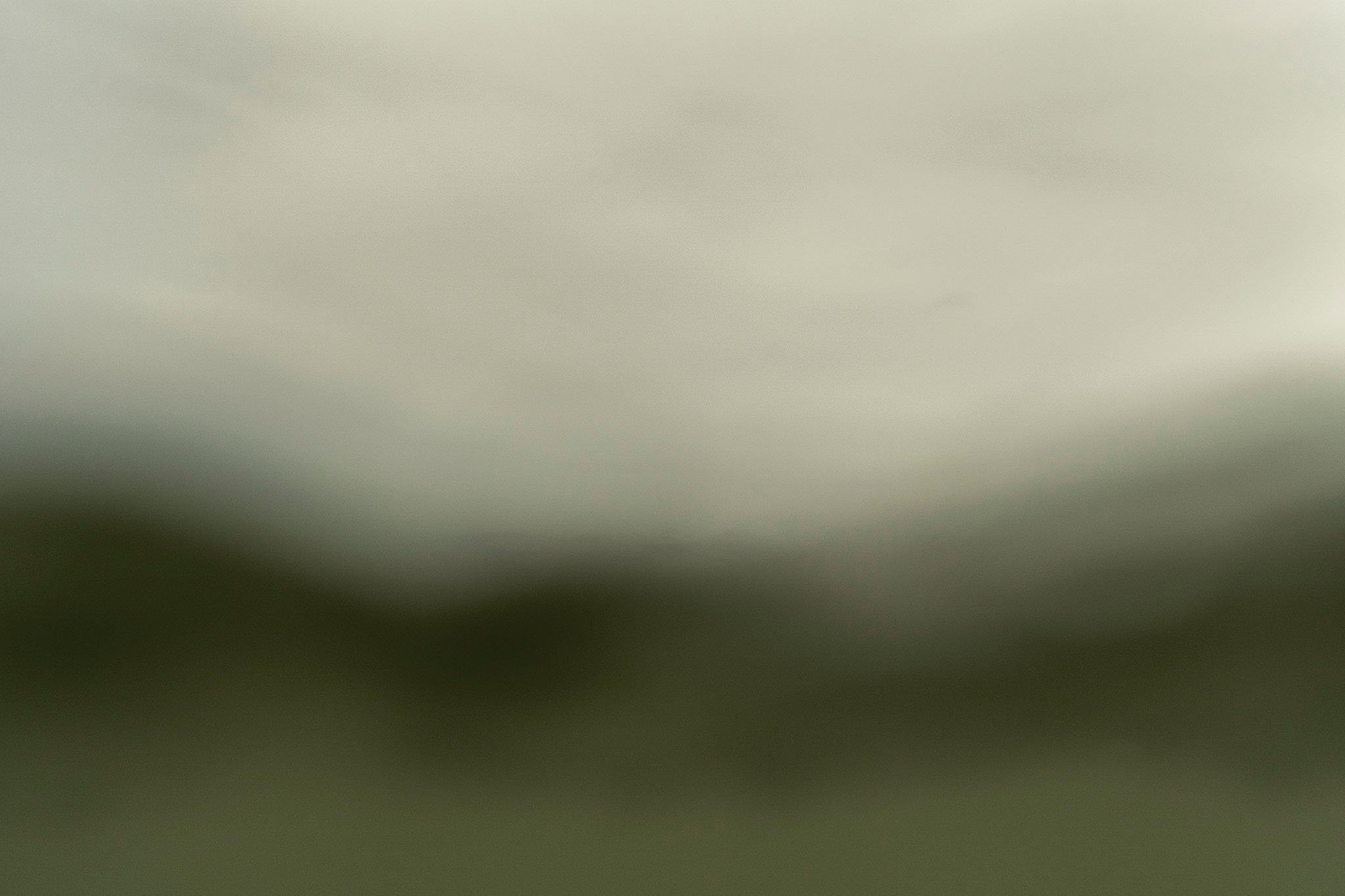
Normandie 2019
On June 6th 1944, thousands of men fought on five beaches once codenamed Utah, Omaha, Gold, Juno and Sword. A year later, the war would end in Europe. This project covers these beaches in a series in which passers-by, bathers and sunsets coexist with the metallic structures that remain, like ancient monuments of our wartime past, making us understand how certain events articulate new meanings into the landscape.
This project was carried out at different times: the first series was made between 2003 and 2005, : Les rivages du débarquement and Mulberry Harbour. In 2019, the year that commemorates the 75th anniversary of the Normandy landings, Eduardo returns to the beaches for a different kind of immersion, this time with the help of new technologies, with which he captures elements, environments and debris on the coast that escaped his gaze on those first trips. In this way, we can contemplate from the heights the remains of the docks and beaches with the same perspective the pilots would have had. At the same time, it allows us to experience from the water what the soldiers must have felt as they made their way to the beach.
The Normandy landings marked the beginning of the end of the II World War, an important event engraved in the memory of the 20th century. But what happens when a place becomes part of history, and can the landscape retain its memory?
The space portrayed by the photographer contains a crack that is linked to our past. Latent like the vestige of a wound, it attracts the attention of both the photographer and the spectator, because discerning the ruins of a battle from the present , urges us to face the ghosts of its past.
All this is a reflection on the weight and the trace of the history that remains trapped in the light of those beaches, where thousands of men stumbled upon an inferno of mines and gunfire that threw thousands of dead men into confusion, remaining attached to the constant crashing of the waves. When you look closely at those beaches through a camera, you perceive a tremor that transcends the visual, because photography, using the poetics of contemplating the place, makes us participants in our history.
















